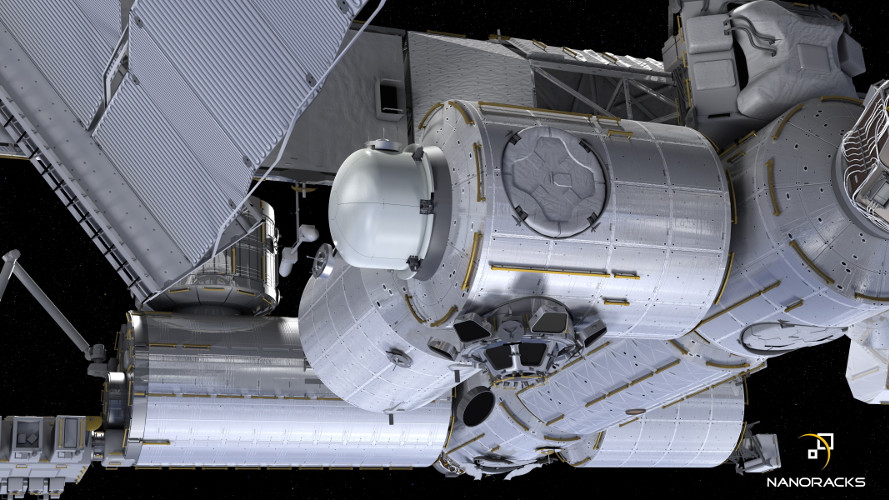|
NanoRacks has partnered Boeing to develop the
first privately funded commercial airlock, enabling the United
States to potentially triple the number of small satellites it can
deploy from the International Space Station (ISS) during a single
airlock cycle.
The NanoRacks Airlock Module, which is planned
to be attached to the ISS U.S. segment in 2019, will increase the
capability of transferring equipment, payloads and deployable
satellites from inside the ISS to outside, significantly
increasing the utilization of ISS.

ISS prime contractor
Boeing will build and install the airlock�s Passive Common
Berthing Mechanism, the hardware used to connect the pressurized
modules of the ISS.
Currently, the United States utilizes
the airlock on the ISS Japanese Experiment Module. This new
commercial airlock will be larger and more robust to better handle
increasing market requirements.
�The installation of
NanoRacks� commercial airlock will help us keep up with demand,�
said Boeing International Space Station program manager Mark Mulqueen. �This is a big step in facilitating commercial business
on the ISS.�
Jeffrey Manber,
CEO of NanoRacks, said, �We are entering a new chapter in the
space station program where the private sector is taking on more
responsibilities. We see this as only the beginning and are
delighted to team with our friends at Boeing.�
|
Headlines: |
|
See latest
HD Video
Interviews,
Podcasts
and other
news regarding:
Boeing,
NanoRacks,
Satellites.
|

